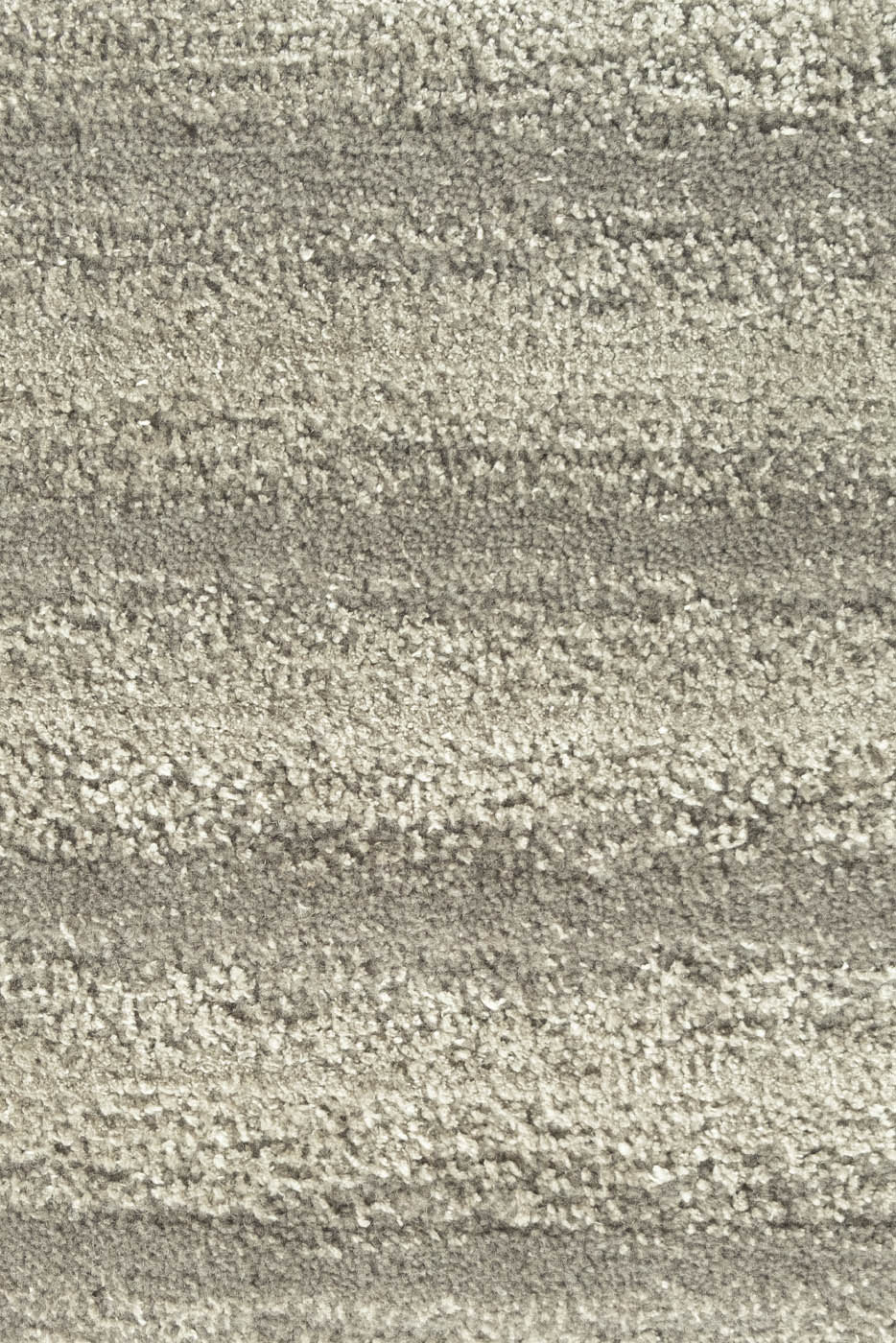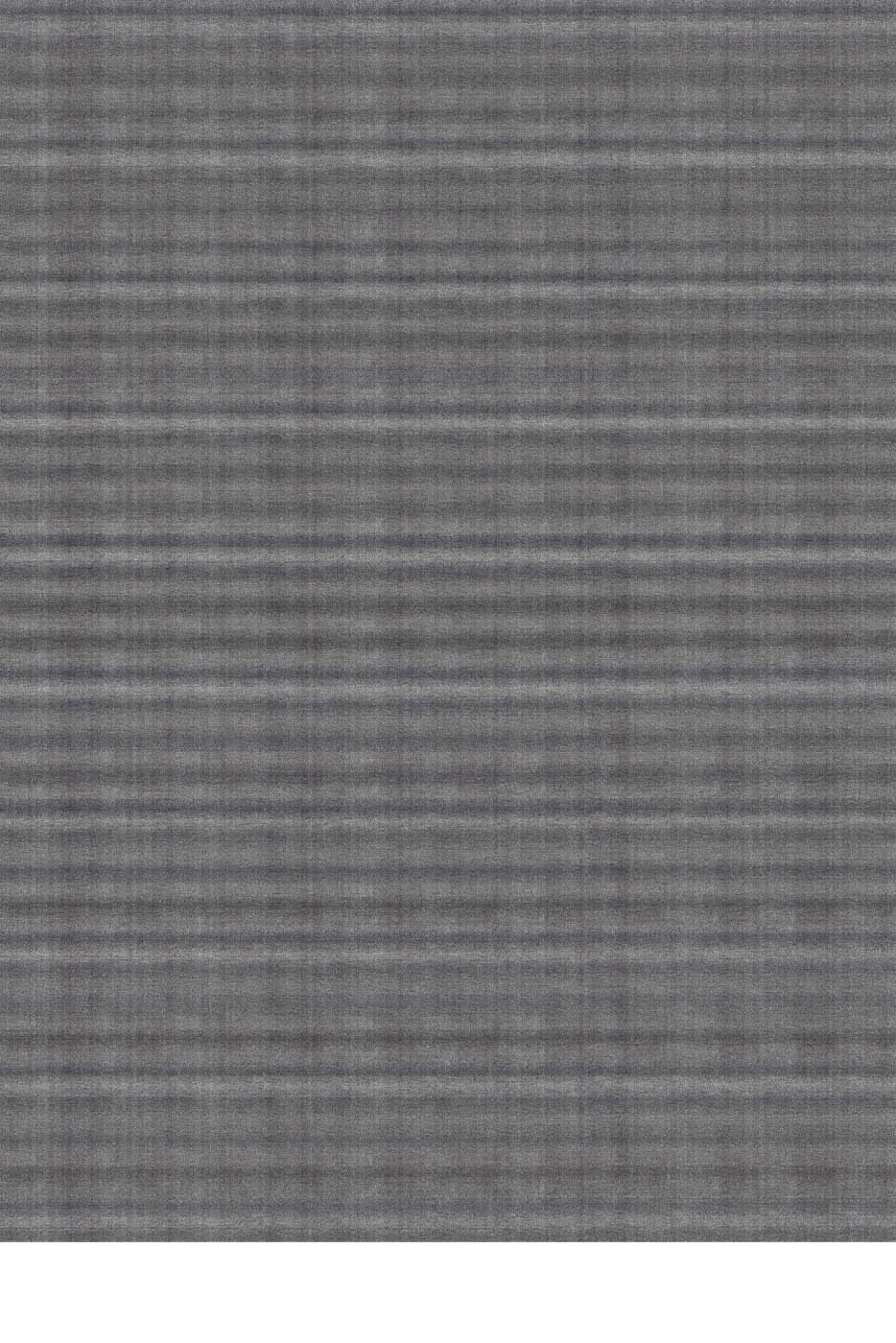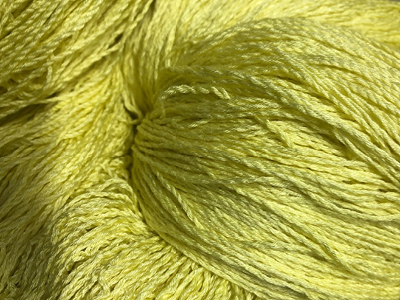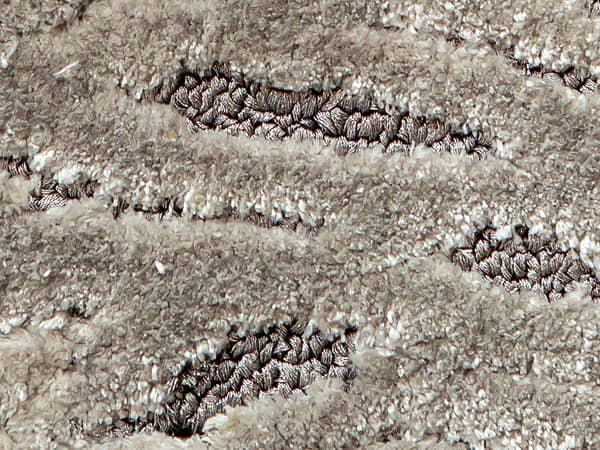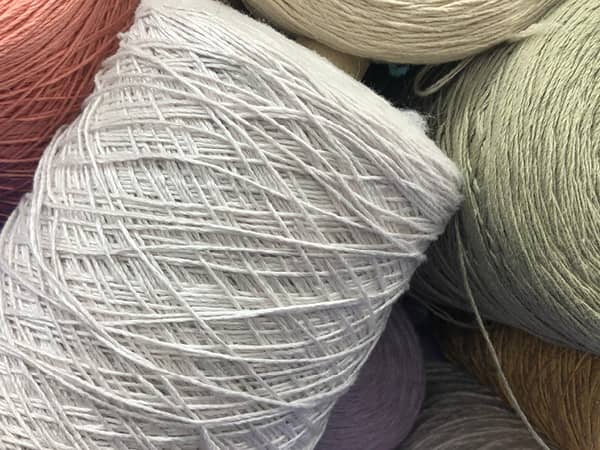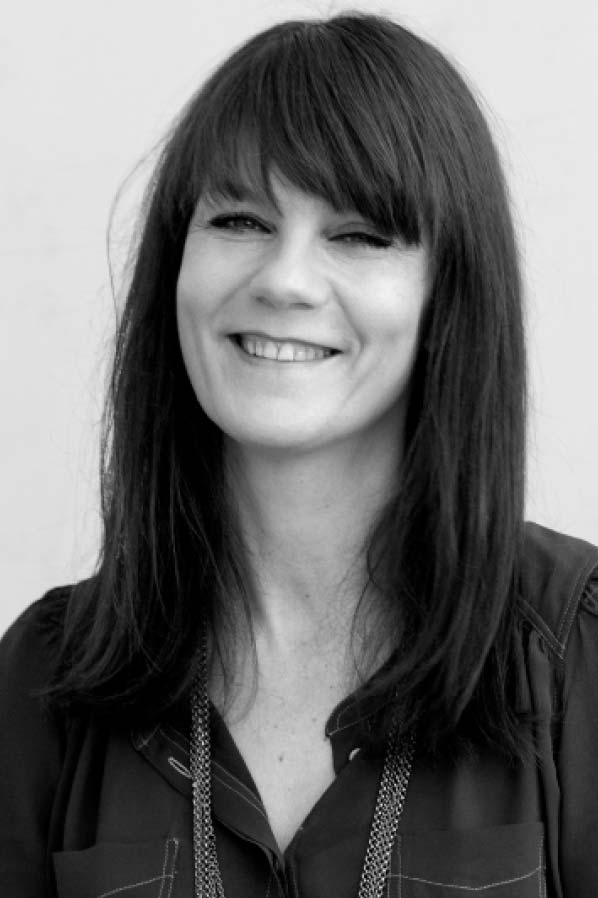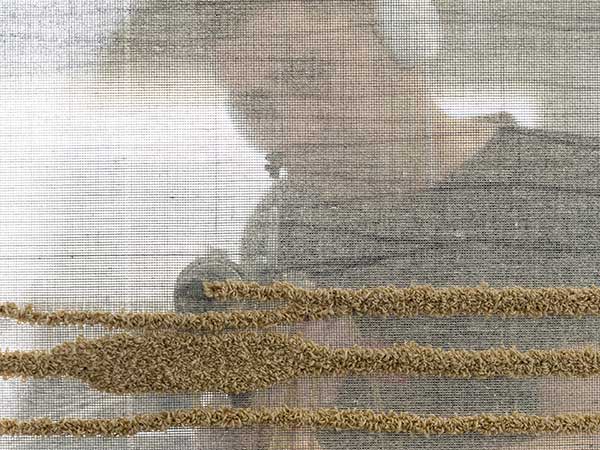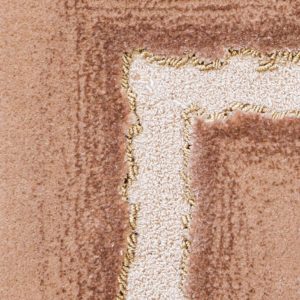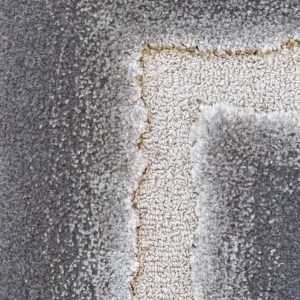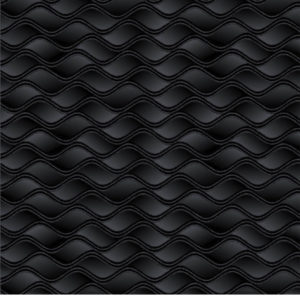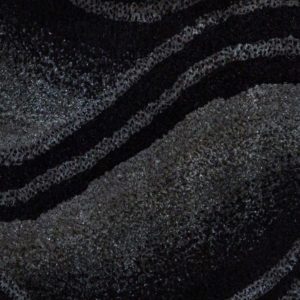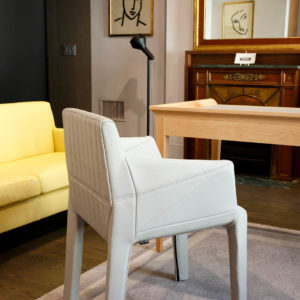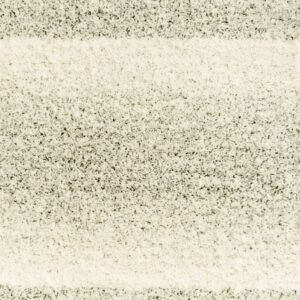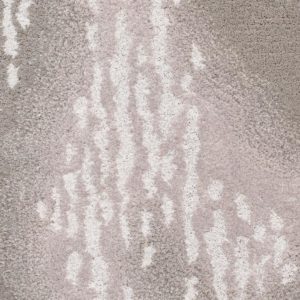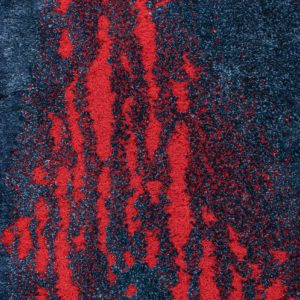Stratus
2536,00€
by ULRIKA LILJEDAHL
HAUTE COUTURE & PRÊT À PORTER
MATERIALS a choice
TECHNIQUE Hand tufted
SIZE a choice
PRICE ON REQUEST. CONTACT US.Description
bamboo
Bamboo fibre is a recent newcomer in the textile industry. It is made from bamboo paste: part of the bamboo pulp is dissolved to produce a thick liquid called viscose, which is then filtered and extruded through a plate with tiny holes to form continuous threads. Bamboo has a much higher yield than any other natural fibre. The culture of the bamboo plant requires no chemicals and offers a formidable capacity for carbon storage, while producing large quantities of oxygen. In addition to its environmental credentials, bamboo captures moisture and proves very resistant. Finally, it is exceptionally soft and welcoming. In the PINTON Manufacture and PINTON Edition divisions, bamboo has its place in the composition of the rugs to which it lends its unique properties and shine!
Bamboo can be used in loop weave where the continuous thread forms loops on the surface of the rug, or in pile weave where the threads on the surface of the rug are cut. It can also be woven as loop and cut which combines both techniques.
inserts
Like flowers brightening a wheatfield and giving extra charm, inserts embellish our rugs. They bring an original and precious touch, using threads in materials as unexpected as lurex, phosphorescent fibres, metal, vinyl or leather. An insert is a different material woven into a rug. It can also be made of beads, ribbons or rivets. Inserts add a whole new dimension to a rug and enhance a texture or material, or play with the light in a new way, creating unusual contrasts. Inserts are a perfect illustration of the skills applied by our craftspeople to the production of our Couture rugs. They offer the artists and designers with whom we collaborate many possibilities and a vast areas for exploration and experimentation. Facilitated by the PINTON expertise and the company’s love of innovation, this process allows the artists’ imagination to roam freely. It gives them the opportunity to reinvent materials and create outstanding rugs, both tactile and visually appealing, generating curiosity and admiration.
linen
Linen is a plant-based natural fibre derived from flax. It is possibly one of the first fibres used by man: fragments of twisted and dyed linen fibres were found, allegedly over 30,000 years old. In France, Charlemagne developed the culture of flax, which reached its peak in the XVIIIth century with over 300,000 hectares dedicated to its culture. A quintessential natural material, flax requires neither fertiliser nor irrigation. Transforming the flax plant into linen yarn involves no chemical process. Finally, the linen fibre stands the test of time and traffic. All these qualities led PINTON to offer rugs and carpets made in this material, used on its own or in combination with others.
Linen can be used in loop weave where the continuous thread forms loops on the surface of the rug, or in pile weave where the threads on the surface of the rug are cut. It can also be woven as loop and cut which combines both techniques.
Ulrika
Liljedahl
Ulrika Liljedahl is a Swedish artist living and working in Paris. She frequently works in collaboration with couture and luxury ready-to-wear names such as Christian Lacroix, Alexander McQueen (Givenchy), John Galliano (Dior), Jean-Paul Gaultier, Yves Saint Laurent, Louis Vuitton or Marc Jacobs. For them, Ulrika Liljedahl develops materials and original textiles. Some of her pieces have been exhibited in various museums around the world such as the Metropolitan Museum of Art in New York, the Bunkamura Museum in Tokyo, the Musée Galliera and the Musée de la Mode in Paris. Others are included in major collections, including those of the Centre National des Arts Plastique or the Musée Galliera.
The collaboration between Ulrika Liljedahl and PINTON is set to last. For the firm, the artist weaves a mysterious, organic and poetic world piece after piece, using original patterns and combinations of materials attracting the eye and inviting the touch.
hand tufted
The hand tufting technique is a process combining centuries-old skills and modern weaving tools. The canvas is perfectly stretched over an upright loom and the craftsperson transfers by hand the future design of the rug with the utmost precision. Threads are inserted manually, one by one, working with a gun on the back of the canvas, following the colours, the drawing and the different tuft heights. PINTON was one of the first manufactories to use the gun tufting technique to produce some of its rugs and carpets and is the only French workshop offering very high quality tufted rugs. With this technique, production times are reduced compared to the knotted stitch weave or point noué. Finally, hand tufting offers a large range of possible depths. Carving is the technique that consists in sculpting the wool and creating textures within the woven rug. Since the early 1990s, PINTON has been specialising in the production of hand tufted rugs for which it also collaborates with famous designers and artists.

